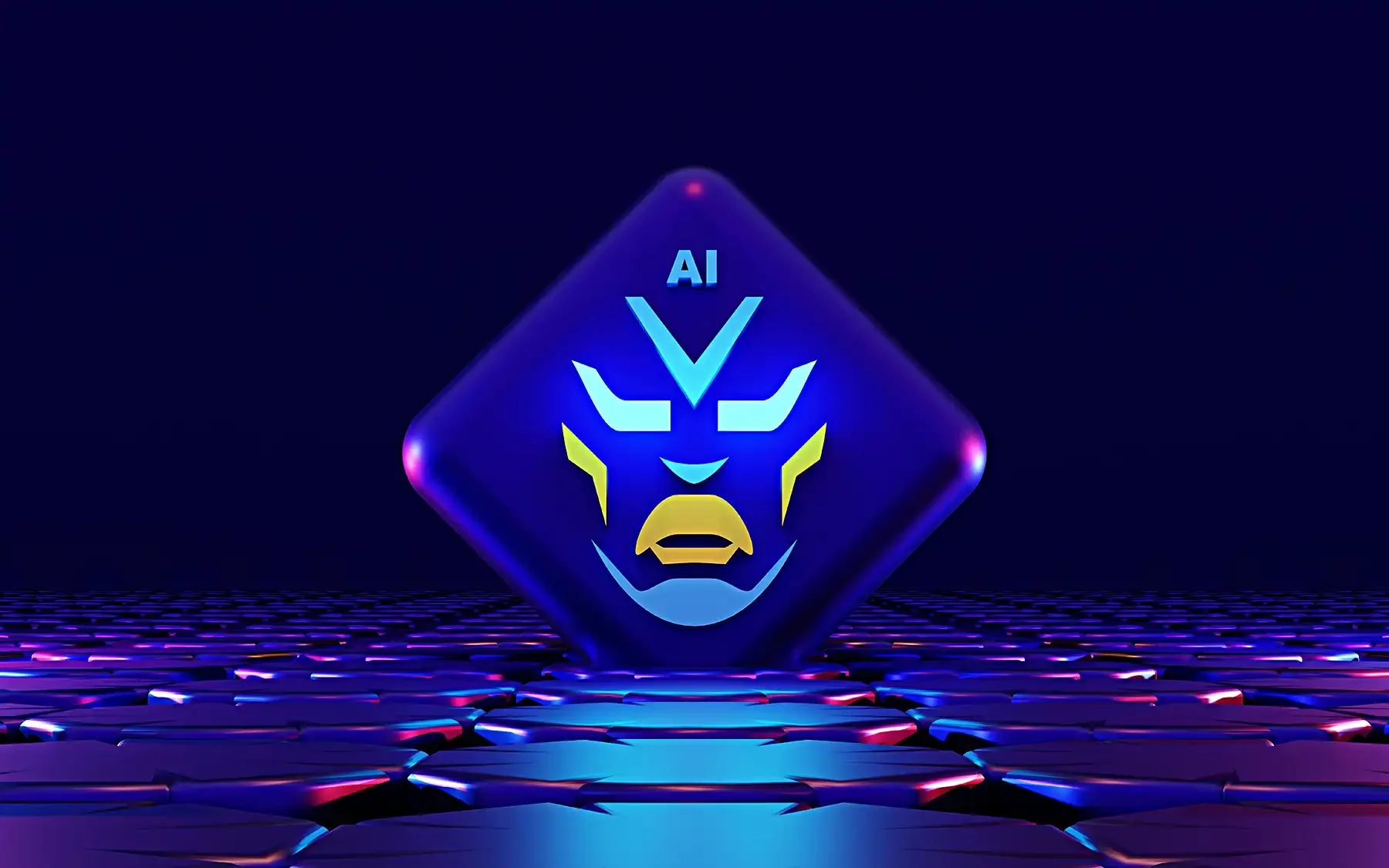AI Fakery Enters a New Era of Video Creation
Remember when you could trust your own eyes? That comforting assumption is getting shakier by the day. AI-generated videos have crossed a threshold that should matter to everyone who consumes media online, which is pretty much all of us. I've written about spotting AI fakes before, but after the latest video tech from OpenAI and Google, I thought it was time to dive deeper into this specific threat. We're not talking about obviously fake clips anymore. We're talking about videos that can fool even careful observers.
The Speed of Progress Is Staggering
Remember the "Pepperoni Hug Spot" video? Search for it on YouTube if you want to see what AI video looked like in its awkward early days. It was a fever-dream dragged into reality. That was less than two years ago.
Now compare that to some of the demo videos released from Sora 2 and Google Veo 3. The lighting is natural. The dialogue syncs perfectly with lip movements. Background noise and ambient city sounds feel authentic. The jump in quality happened almost overnight. What took Hollywood studios millions of dollars and months of work can now be approximated by AI tools in minutes. Video was supposed to be the safe medium, the one form of media that was too complex, too nuanced for AI to fake convincingly. That safety net just disappeared.
Why Video Was the Last Frontier
Creating believable fake images was hard enough. But video? That required maintaining consistency across dozens of frames per second, managing realistic lighting changes, coordinating complex movements, and syncing everything together. It was a huge challenge for AI.
How to Spot AI-Generated Videos
Don't panic—there are still telltale signs to watch for. Here's what to check:
Look at the details. AI often struggles with text, reflections, and backgrounds. Check signs, screen displays, or any text in the video. Does it look garbled or inconsistent?
Watch the physics. Objects should behave naturally. Water should flow correctly, clothing should move with the body, and shadows should track consistently with light sources.
Examine transitions. AI-generated videos sometimes have awkward cuts or morphing effects when scenes change. Real videos have clean, logical transitions.
Check the source. This is your first line of defense. Is this from a verified account? Does the uploader have a history of legitimate content? Sometimes the quickest way to spot a fake is to question why it exists.
The Dead Internet Theory Gains Ground
There's an increasingly plausible theory making rounds online: the "Dead Internet Theory." It suggests that most online content is now generated by bots and AI rather than humans. While that's an exaggeration today, AI video creation is pushing us in that direction.
When anyone can generate convincing video content in minutes, the internet becomes flooded with synthetic media. The line between human-created and AI-generated content blurs until it's almost meaningless. We're watching this transformation happen in real-time.
Quick Reference: Red Flags for Fake Videos
Unnatural blinking patterns or eye movements
Weird hand positions or extra/missing fingers
Inconsistent lighting across the scene
Background objects that morph or change between frames
Audio that doesn't quite sync with mouth movements
Too-perfect skin texture that looks airbrushed
Tech Tip
Before sharing a video, spend some time doing a reverse image search on a screenshot from it. Right-click any frame, select "Search with Google Lens," and see if the same video appears with different context or has been debunked. This simple habit can prevent you from spreading misinformation and helps you become a more critical media consumer.
Jim Hundley - accentinspired.com, 727-346-6020

